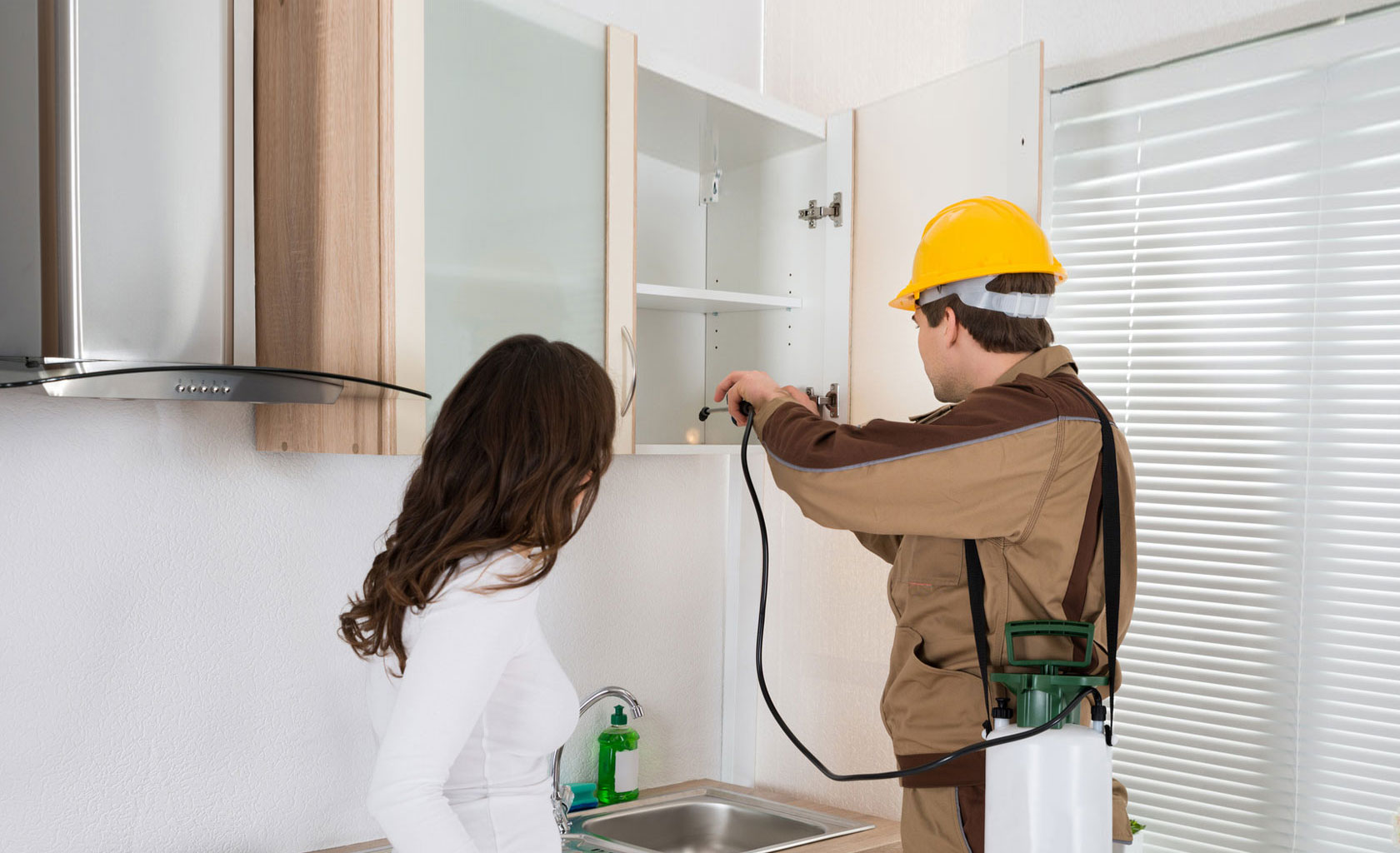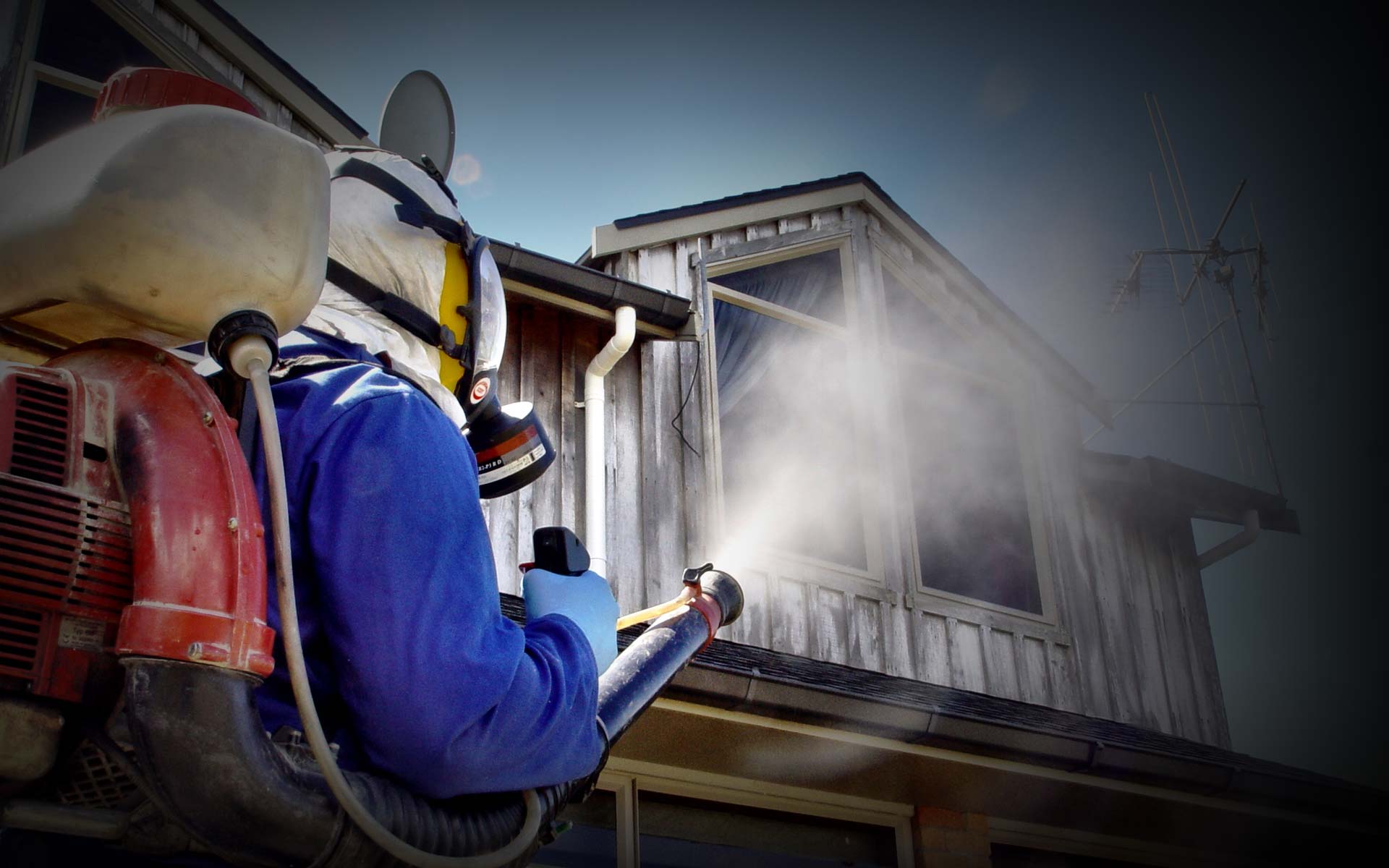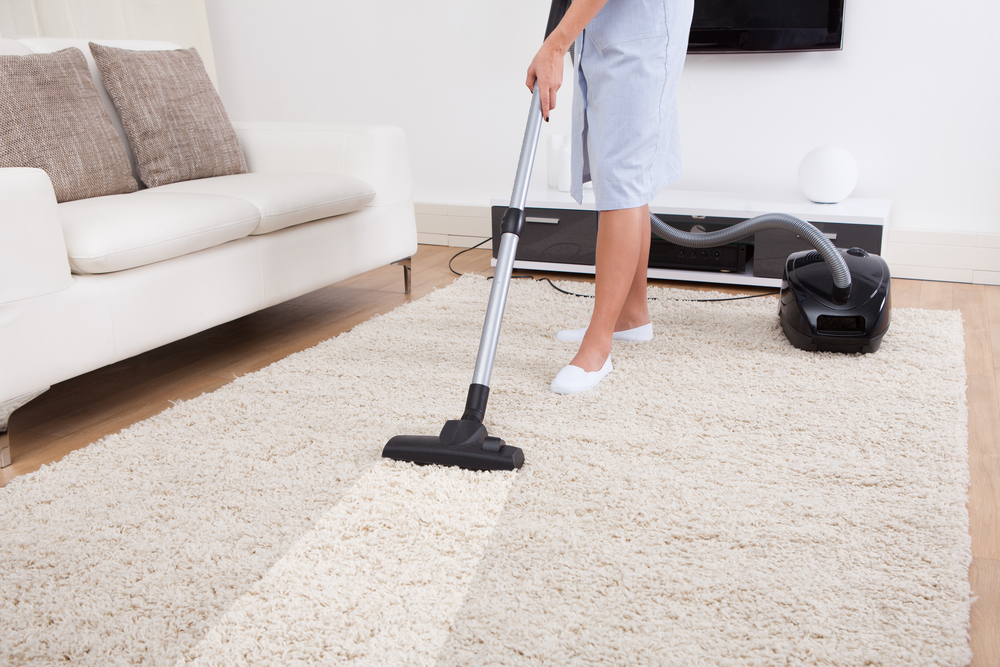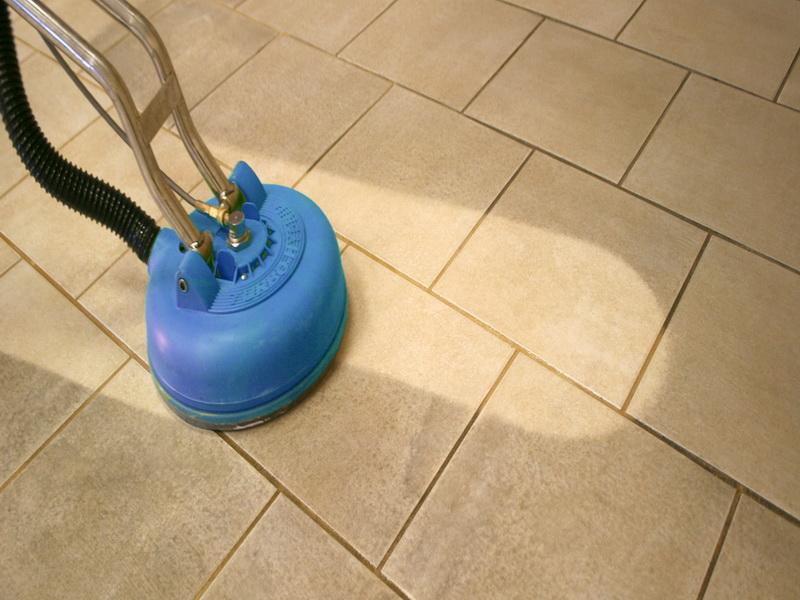Summertime in Miami, Florida is an experience like no other. The sun is out, the beaches are breathtaking, and there is excitement around every corner. However, the summer rains and humidity also lead to a growth in insect activity around South Florida, which can quickly turn a great moment into a stressful one. Luckily, practicing the following tips can prevent pesky pests from ruining your plans this summer. Luckily, practicing the following tips can help in rodent control and also keep pesky pests in control from ruining your plans this summer.
Tips for Having a Pest-Free Summer:
Keep your homes and lives pest free this summer with these ten excellent pest control practices.
1. Seal off their entry into your home
Your first line of defense should be to repair any holes and cracks that could let in unwanted pests. Check your doors and windows for gaps, your screens for holes, and restore window stripping when necessary.
2. Keep your home clean
A pile of crumbs on your kitchen counter or spill on the floor is a goldmine to ants, cockroaches, and other insects. Neglecting to keep your home clean can make getting rid of pests harder and may even be the source of your problem. To avoid this problem, regularly disinfect your counters, put food away immediately, and take out the trash.
3. Empty out any standing water
Standing water is a breeding ground for pesky mosquitoes, which carry diseases like the Zika fever, West Nile virus, and Malaria. You should regularly walk your property to drain water from areas near rain spouts, your air conditioning unit, and any pots around your home.
4. Maintain your landscape
Keeping your front and backyard maintained can help you avoid overgrowth that attracts pests. You should trim trees and bushes close to your house, collect any debris, and get rid of weeds.
5. Inspect playsets and outside furniture
Another good tactic to keep pest away this summer is regularly checking the chains and corners of your patio furniture to remove spider webs and egg sacks. If you have to bring an outside toy, chair, or table inside you should thoroughly wipe it down first.
6. Avoid throwing away meat too soon
You should avoid throwing away meat in your outside garbage unless it will get collected around the next 48 hours. This tip will prevent the combination of the summer heat and rotting meat attracting pests to your property.
7. Ventilate stuffy rooms on your property
Attics and basements are notorious for providing a dusty and confined environment that attracts various types of insects. Try cleaning dusty corners and opening windows in tight areas that often attract termites and spiders.
8. Grow some plants
Putting certain plants on your patio or around your home can repel insects. Try growing rosemary, mint, lavender, and lemongrass to keep flies and mosquitoes away.
9. Use a fan
Fans are perfect for the summer. Not only will they keep your home cooler, but they will also make it harder for winged insects to fly into your house.
10. Invest in a pest control service
The best way to prevent an infestation is to hire a local pest control expert to spray your home for bugs and rodents regularly. A professional pest control company can take note of your specific issues to create a personalized pest control plan for you.
Ward Off Seasonal Pests:
Pest control in Miami during the summer is essential. The rise in temperature, rain, and humidity this season makes South Florida a bug’s paradise. Keep these tips in mind to retake control of your yard and have a pest-free summer!
Read Also :






















